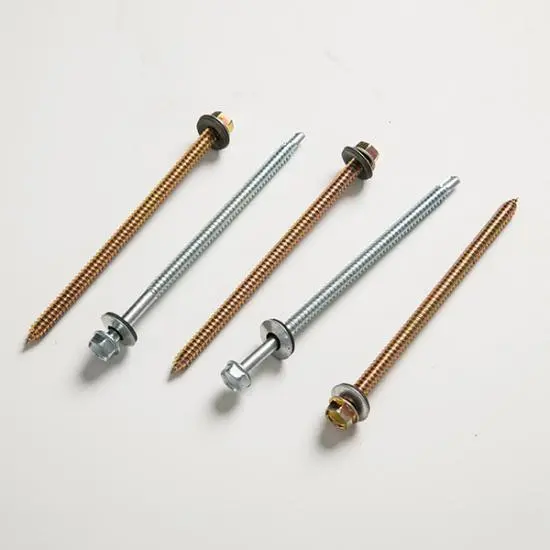Introduce:
Medium-density fiberboard (MDF) is a popular choice for construction and carpentry projects because of its versatility and cost-effectiveness. When fastening MDF, screws are often preferred for their strength and reliability. In this blog post, we’ll explore the benefits and dos and don’ts of using screws in MDF to give you a better understanding of why they play an important role in woodworking projects.
1. Strength and stability:
One of the main advantages of using screws in MDF is their exceptional strength and stability. MDF is a dense and strong composite material, and the screws provide a secure fixation ensuring components remain firmly connected. Unlike nails, which may loosen over time, screws retain their grip, making them ideal for applications where durability is critical, such as furniture assembly or cabinetry.
2. Versatility:
Screws serve a variety of purposes in fastening MDF. Screws are available in a variety of sizes, lengths and thread types and can be customized to suit different project requirements. Whether you’re joining plywood, joining trim, or creating complex carpentry structures, there are screw types designed to meet these needs. This adaptability enables you to create projects with precision and minimize the risk of structural failure.
3. Flush and concealed fastening:
One of the most common problems when using screws in MDF is the appearance of the screw head on the surface. However, by using countersink or countersinking techniques, you can achieve flush or even concealed fastening. Spot facing involves drilling a wider hole so that the screw head sits below the surface of the MDF, while spot facing creates a conical recess so that the screw head is flush with or slightly below the surface. These techniques give your finished project a clean, sophisticated look.
4. Pre-drilled and pilot holes:
While MDF is generally easier to work with than other materials, taking precautions is critical to successful screw insertion. Pre-drilling properly sized pilot holes is essential to prevent MDF from cracking or cracking. Pilot holes act as guides for the screws, ensuring a smooth and controlled installation. By pre-drilling holes, you reduce the risk of damaging the MDF and ensure a strong and secure connection.
5. Precautions for screw selection:
When selecting screws for MDF, it is important to consider their specific function. Choose coarse thread screws as they provide better grip and reduce the chance of pulling out. In addition, screws with self-drilling capabilities can save time and effort by eliminating the need for pre-drilled holes in some cases. Screws made for woodworking are recommended as they are designed to penetrate and hold securely in MDF.
In conclusion:
There are many advantages to using screws in MDF, including strength, versatility, and the ability to achieve flush or concealed fastening. By considering the necessary pre-drilling procedures and choosing the right screws for your woodworker, you can successfully use your screws to their full potential in your MDF projects. Remember, the right technique and attention to detail will result in long-lasting construction and impeccable craftsmanship. So the next time you work with MDF, use your trusted screws with confidence and expect excellent results.
Post time: Aug-04-2023


